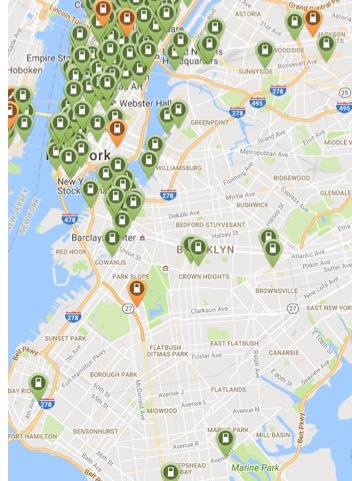Quantifying and Visualizing City Truck Route Network Efficiency Using a Virtual Testbed
Quantifying and Visualizing City Truck Route Network Efficiency Using a Virtual Testbed Overview Cities like NYC and Seattle need to deal with significant growth of urban deliveries as a result of increasing e-commerce compounded by increased stay-at-home behavior due to COVID-19. Even with the production of vaccines and a return to “normality” in the next…





